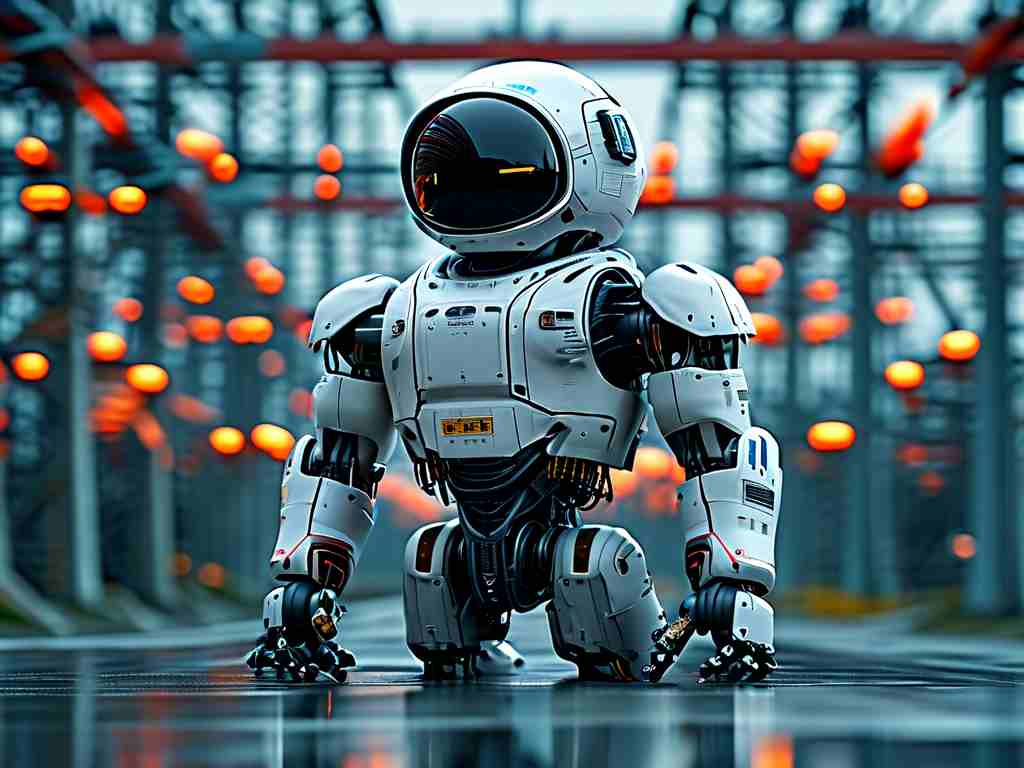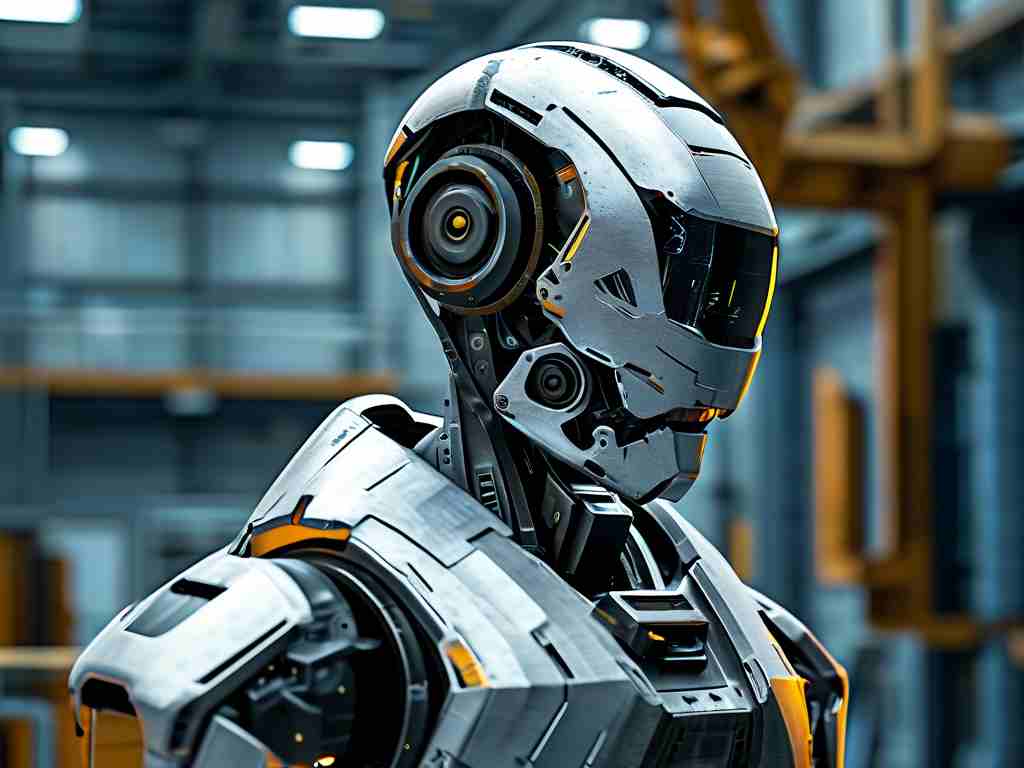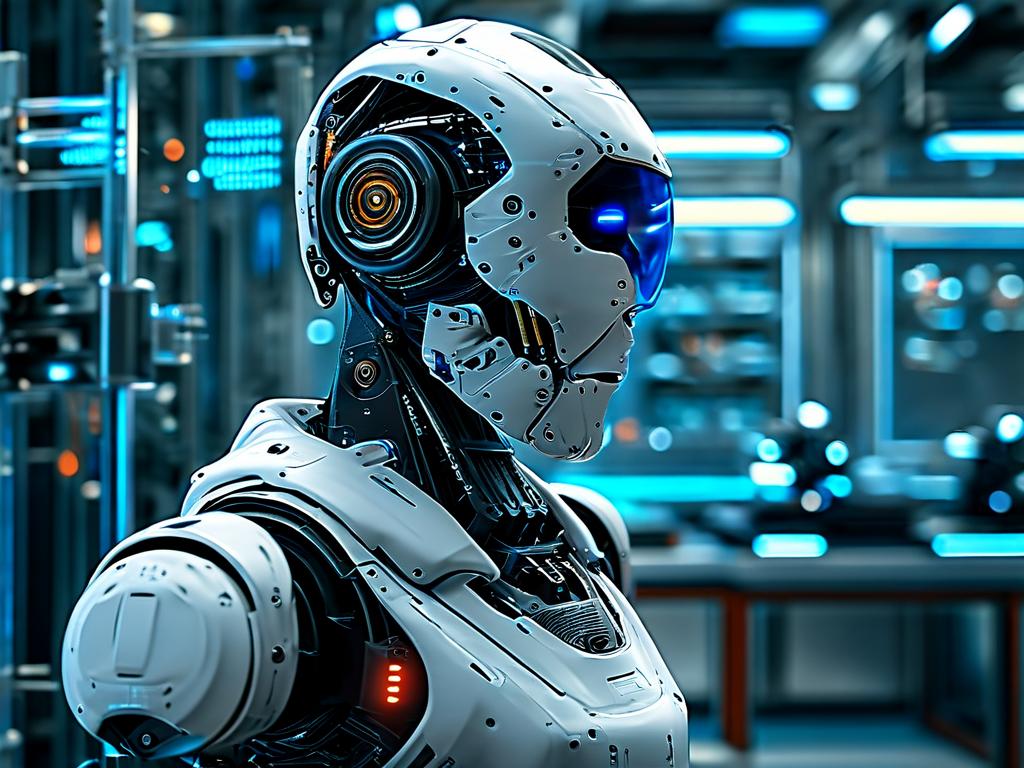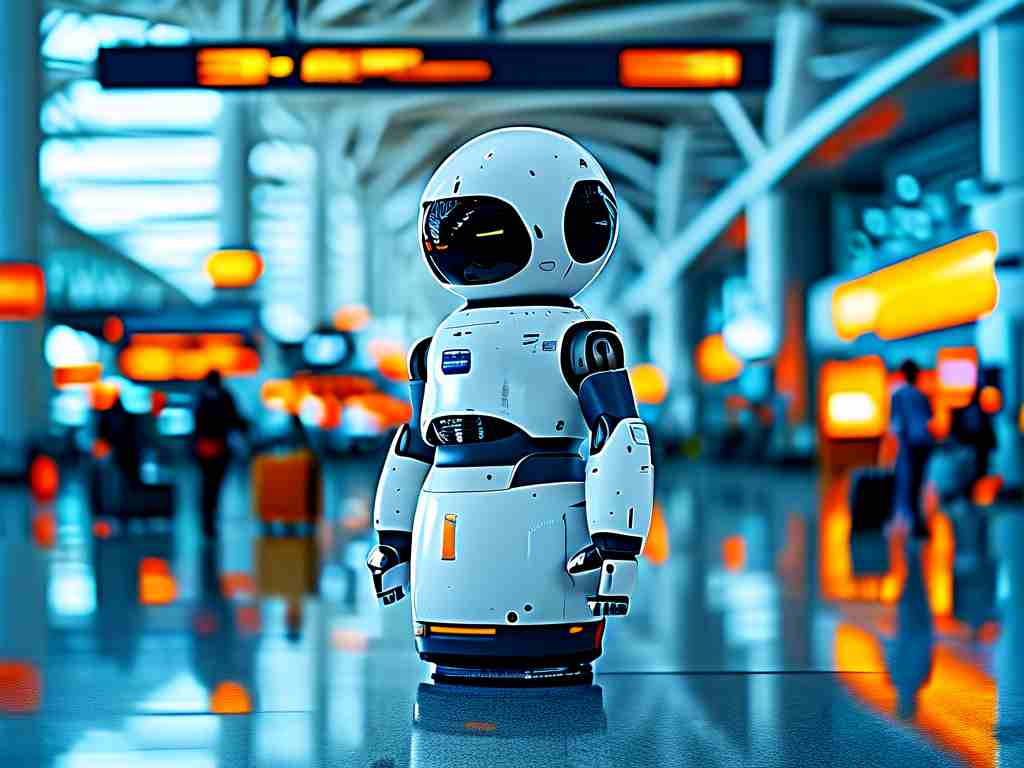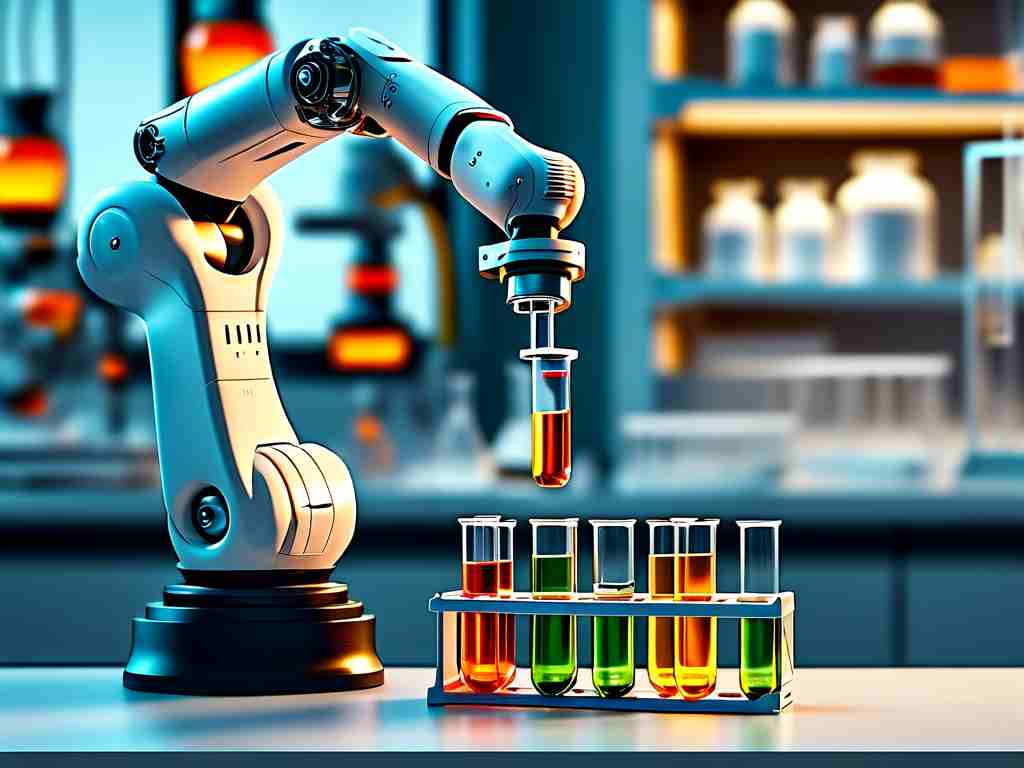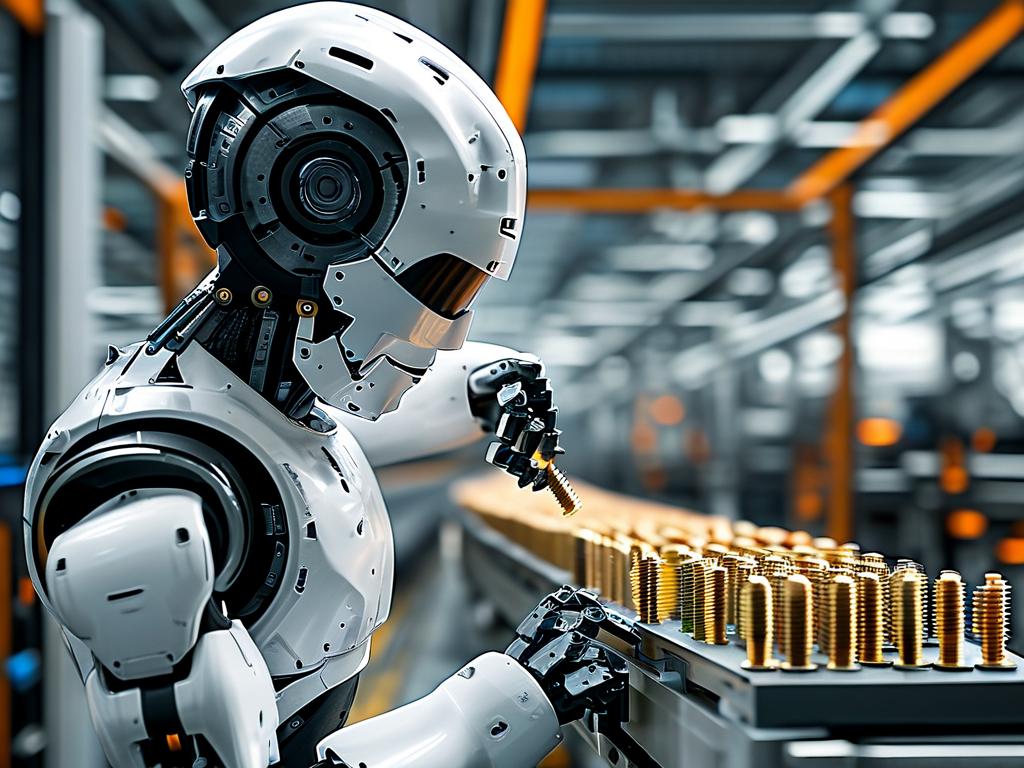The evolution of humanoid robot control technology has reached a pivotal juncture, merging breakthroughs in artificial intelligence, biomechanics, and real-time systems engineering. Unlike conventional industrial robots confined to repetitive tasks in structured environments, humanoid robots demand adaptive control frameworks capable of navigating dynamic human-centric spaces. This article explores the technical foundations, emerging methodologies, and societal implications of this transformative field.
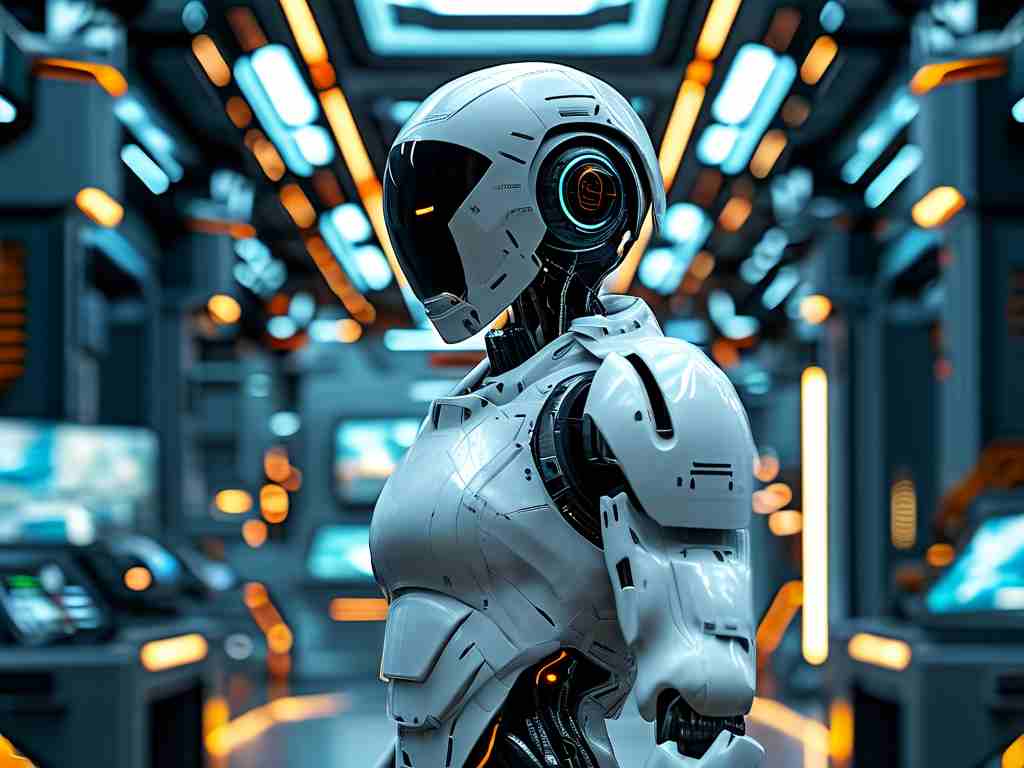
Core Components of Control Systems
At the heart of humanoid robotics lies the integration of sensorimotor coordination and cognitive decision-making. Modern systems employ hybrid architectures combining model-based predictive controllers with data-driven reinforcement learning. For instance, Boston Dynamics' Atlas robot utilizes a hierarchical control structure: low-level actuators maintain balance through inertial measurement units (IMUs) and force-sensitive resistors, while high-level path planning algorithms process lidar and stereo vision data to avoid obstacles.
A critical challenge is achieving real-time adaptability. Researchers at the University of Tokyo recently demonstrated a neural-network-based controller that adjusts gait patterns within 20 milliseconds when encountering uneven terrain. This latency reduction—40% faster than earlier models—relies on edge computing modules embedded in robotic joints.
Balancing Act: From Theory to Practice
Bipedal locomotion remains a cornerstone challenge. Traditional zero-moment point (ZMP) stability criteria, while effective for slow-paced walking, falter during rapid directional changes. Newer approaches like capture point dynamics and divergent component of motion (DCM) analysis enable more agile movements. Toyota's T-HR3 humanoid, for example, employs DCM to execute sidesteps and crouching motions while maintaining equilibrium.
Experimental validation often occurs through sim-to-real transfer. NVIDIA’s Isaac Gym simulations train control policies using millions of virtual trials before deploying them to physical robots. This method proved vital for OpenAI’s dexterous hand project, where a robot learned to manipulate objects with 95% success rates in unstructured environments.
Human-Robot Interaction Layers
Control systems extend beyond physical movement to encompass social intelligence. MIT’s Jibo project integrated natural language processing with gesture recognition, enabling the robot to modulate speech tempo and arm movements based on user proximity. Such multimodal interfaces require tight synchronization between audio-visual sensors and motor controllers—a feat achieved through ROS 2 middleware with deterministic latency under 50μs.
Safety protocols add another layer of complexity. Collaborative robots (cobots) like Honda’s ASIMO incorporate collision anticipation algorithms using time-of-flight cameras. When detecting sudden human movements within 0.5 meters, these systems trigger microsecond-level torque adjustments to prevent injury.
Ethical and Industrial Implications
As control technologies mature, ethical debates intensify. The European Commission’s 2023 robotics whitepaper highlights concerns about autonomous decision-making in caregiving scenarios. Should a robot override a patient’s refusal to take medication if sensors detect critical health metrics? Technical solutions like explainable AI (XAI) modules aim to make robotic decisions auditable, but legal frameworks lag behind innovation.
Industrially, humanoid robots are redefining manufacturing paradigms. Foxconn’s “lights-out factories” now deploy bipedal robots for equipment maintenance in high-voltage areas, reducing human risk exposure. These systems leverage 5G-enabled digital twins for remote control, achieving sub-millimeter precision across assembly lines.
Future Frontiers
Next-generation control systems may harness quantum computing for optimization problems. D-Wave’s recent partnership with ETH Zurich explored quantum annealing to solve multi-joint trajectory planning 100x faster than classical solvers. Meanwhile, neuromorphic chips like Intel’s Loihi 2 promise energy-efficient implementation of spiking neural networks for real-time adaptation.
Material science innovations also play a role. Shape-memory alloys in SoftBank Robotics’ Pepper enable smoother facial expressions by replacing rigid servo motors with alloy-based actuators, reducing power consumption by 30% while enhancing emotional expressiveness.
In , humanoid robot control technology stands at the intersection of mechanical precision and artificial cognition. As these systems evolve from laboratory prototypes to societal partners, their controllers must balance technical prowess with ethical responsibility—a duality that will define the next era of human-robot coexistence.


